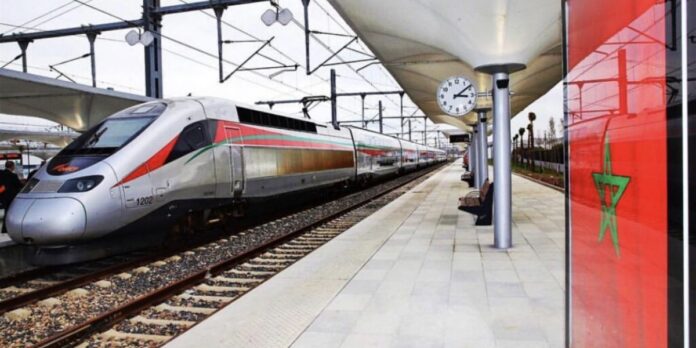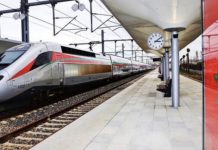Morocco is taking a major step forward in modernizing its railway network ahead of the 2030 FIFA World Cup, which it will co-host with Spain and Portugal. The National Railway Office (ONCF) has shortlisted two companies for the supply of 168 new trains: Spain’s Construcciones y Auxiliar de Ferrocarriles (CAF) and South Korea’s Hyundai Rotem.
This €1.8 billion contract will cover the acquisition of various types of trains, including intercity trains, rapid shuttle trains (TNR), and regional express networks (RER). But beyond just delivering rolling stock, the winning company will also be responsible for 20 years of maintenance and must comply with a local integration rate, a key requirement to secure this strategic deal.
The selection process has been highly competitive, leading to the elimination of several major players in the railway industry. Spanish manufacturer Talgo was dismissed in the first round, a decision that coincided with the company’s restructuring and ongoing acquisition talks, notably with Sidenor. Meanwhile, French giant Alstom, despite securing a contract for 18 high-speed trains for Morocco last October, was not selected for this bid. Chinese manufacturer CRRC Zhuzhou Locomotive Co. was also excluded.
While the battle between CAF and Hyundai Rotem is expected to be fierce, the South Korean company may have a strategic advantage. Last July, its CEO, Lee Yong-Bae, met with Morocco’s Minister of Industry and Trade, Ryad Mezzour, to discuss an ambitious project: building a train manufacturing plant in Morocco. This initiative includes a technology transfer to the kingdom, which could be a decisive factor in the final decision.
The last phase of the selection process will involve a final bidding round, where both companies must submit their best offers within a month, once ONCF finalizes the technical specifications.
The outcome of this competition will shape the future of Morocco’s railway infrastructure. This ambitious project is part of a broader effort to modernize and strengthen the country’s transport network, ensuring that it can handle the millions of visitors expected for the 2030 World Cup.





